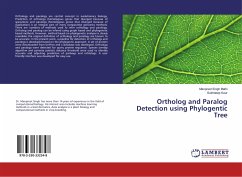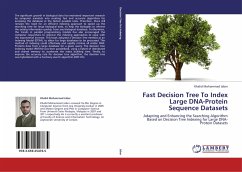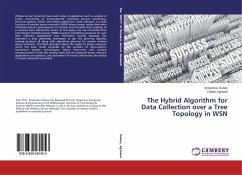Orthology and paralogy are central concept in evolutionary biology. Prediction of orthologs (homologous genes that diverged because of speciation) and paralogs (homologous genes that diverged because of duplication) is an integral part of many comparative genomics methods. There are numbers of methods used to infer orthology and paralogy. Ortholog and paralog can be infered using graph based and phylogenetic based methods. However, method based on phylogenetic analyses is closely resembles the original definition of orthology and paralogy are known to be accurate. In the present work, a pipeline for detection of orthologs and paralogs is developed based on the phylogentic approach. A set of protein were downloaded from UniProt and a database was developed. Orthologs and paralogs were detected for query protein sequence. Species overlap algorithm and pairwise patristic distance threshold were used to identify accurate and adjusting prediction of parlaogs and orhtologs. A user friendly interface was developed for easy use.








